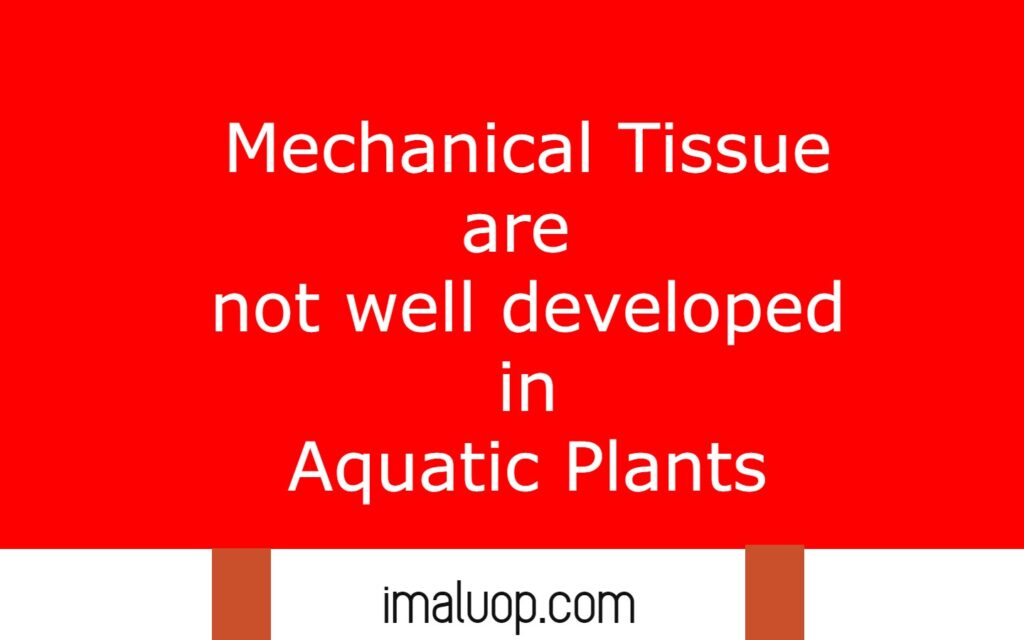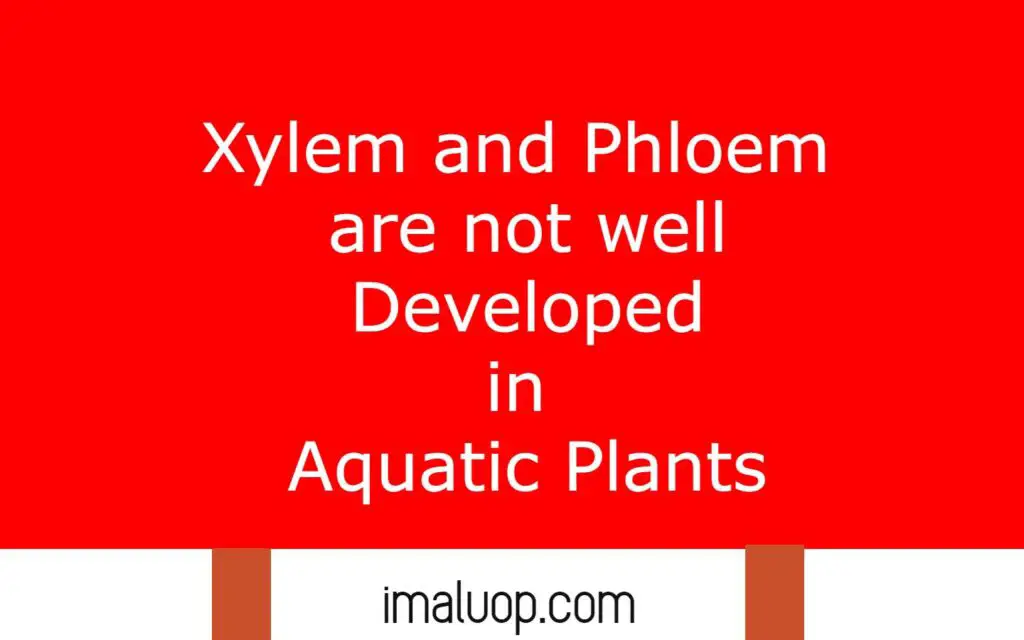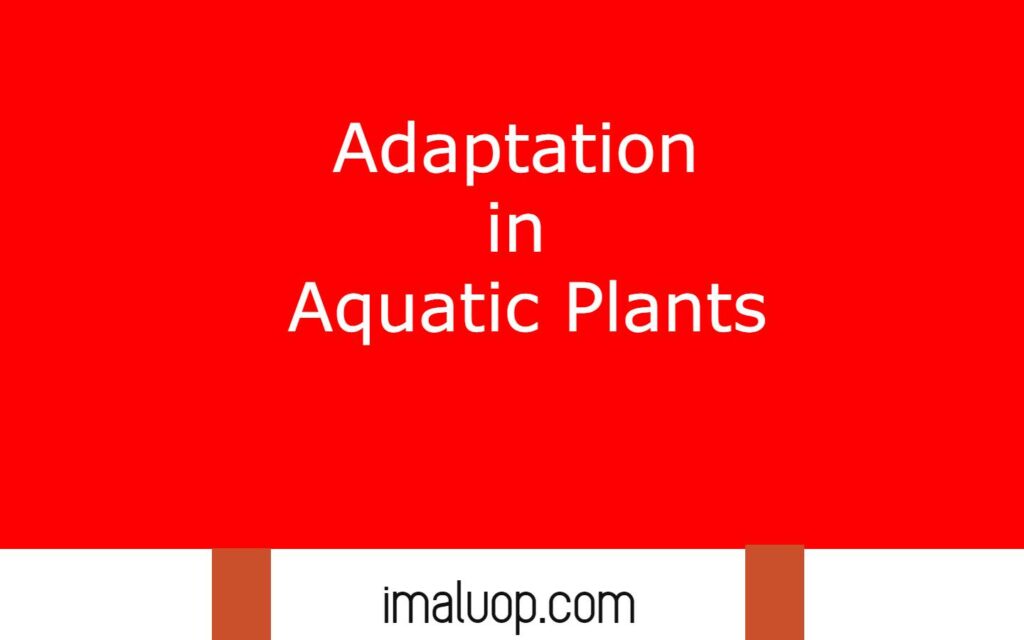Hi, today we are here to understand various types of adaptation in aquatic plants. When a plant lives in aquatic habits it is not able to get the same environment as in case of land. It is true that they do not have to consume a lot of metabolic energy to absorb water but all resources are not available in sufficient amounts in water.
So they need adaptations to compensate for those resources. Aquatic plants show different types of adaptation depending upon in which level of water they present. Some are completely submerged, some are floating, some are partially submerged. We will discuss adaptation in some specific plants as examples.
Table of Contents
Adaptation in Completely Submerged Aquatic Plant Hornwort:
Hornwort is an aquatic plant which remains in a completely submerged state.
Adaptation of Root in Hornwort:
Hornwort gets sufficient amounts of water for different purposes so they do not require an advanced root system. The Hornwort root is very less just needed to give anchorage to the soil. Xylem and phloem is also reduced in Hornwort.

Adaptation in Xylem Tissue in Hornwort:
Xylem needs to carry the water from root to different plant body parts but water can be absorbed via the general body surface so xylem is not very developed in Hornwort.
Adaptation of Phloem Tissue in Hornwort:
Phloem need to circulate the nutrients through the plant body but in aquatic environments nutrients are easily circulated by water surrounding them so phloem is also not well developed.
Adaptation of Mechanical Tissue in Hornwort:
In land plants a major tissue is mechanical supporting tissue but in water they can easily suspend in water so there is no need for supporting mechanical tissue.
Adaptation in Partially Submerged Plant Cattail:
Before we start to discuss adaptation in Cattail we need first discuss the general overview of this plant. It can be found in wetland or in swamp seasonally or permanently in partially submerged conditions.
Protection Against Water:
Leaves in Cattail coated with a waxy layer which makes them resistant to water damage.
Special Arrangements of Chloroplast:
Chloroplasts are present on both sides of the leaves which enable them to collect carbon dioxide from air efficiently when they are emerging. It helps the plants to utilise more carbon dioxide present in air.

Adaptation for Water Resistance:
Their body parts are thin in shape which helps them to fight against water resistance.
Adaptation for Reproduction:
For reproduction Cattail have a special structure called rhizome which easily floats on water and goes anywhere on water which makes reproduction very easy.
Adaptation in Floating Aquatic Plant Water Lily:
It is very known to most of us it floats on water. They float on the water surface but they are not free to move anywhere because their root is attached to the bottom of the water body.
Arrangement of Chloroplast:
Leaves in water lily do not have Chloroplast on both sides because only one side gets exposure to the sunlight while the other surface is submerged in water. So chloroplast on the lower surface is unnecessary. So only the upper surface of the leaves in the water lily have chloroplast which makes them able to produce their own food using sunlight.
Special Growth Pattern for Leaves:
Leaves on the land plant growth upward because they need to absorb sunlight and they need to compete with other leaves of the plant. But in case of water lily leaves grow laterally and spread along the water surface to get exposure for sunlight.

Water lilies generally grow in pond water or fresh water because they are greatly depending on surface tension of the water in which they live. Surface tension of the water in which they live help them to float their leaves on water.
Resource: Adaptation in Aquatic Plants
Read More: Adaptation of Plants in different Environment
Hi Everyone!!! Welcome to Imaluop. Imaluop always try to learn some new and he want to share to other people. Here we will try to learn various topics on Science, specially on Biological Sciences.